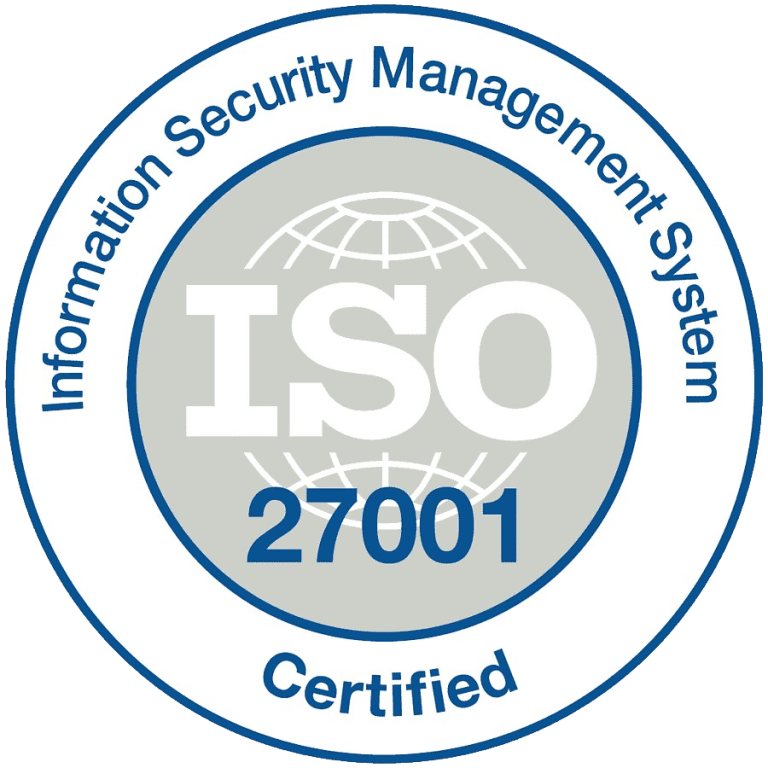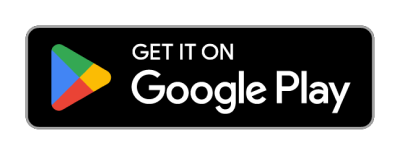Email marketing is one of any business’s most effective digital marketing strategies, offering direct communication to your audience. To achieve business success, it’s crucial to master the right techniques because without using digital transformation, many companies risk falling behind their competitors. This trend is evident as brands worldwide will spend over $3 trillion on digital transformation activities by 2026. Companies in the marketing and PR sectors are at the forefront of this transformative shift.
Technology is changing how consumers communicate with brands and receive marketing messages. The advent of innovative digital platforms, artificial intelligence, and the widespread use of big data is not just a problem; it’s a chance for something great. This article will discuss effective email strategies to get people interested, make them patronize, and help your business grow.
8 email marketing strategies for business success
Here are 8 essential email marketing strategies for any business success.
1. Develop a high-quality email list
A successful email marketing campaign stands on the foundation of a high-quality email list. Creating such a list begins with designing appealing:
- Opt-in forms that are strategically placed across your digital platforms, including your website, blog, and social media channels. To entice potential subscribers, offer valuable incentives such as exclusive content, discounts, or downloadable resources like eBooks.
- Implementing a double opt-in process adds an extra layer of assurance, ensuring that subscribers genuinely desire your emails. This enhances engagement and reduces the risk of your communications being flagged as spam.
- Segmenting your email list is another essential step in creating a high-quality database. By categorizing subscribers based on demographics, purchase history, and engagement levels, you can tailor your email content to resonate with specific audience segments. This personalized approach fosters stronger connections with your subscribers and significantly improves the effectiveness of your email campaigns by delivering content that aligns closely with their interests and preferences.
2. Create engaging content
Create engaging content that captures recipients and motivates them to take action. Creating compelling subject lines is important; they should be concise, relevant, and able to irritate recipients’ interest immediately. Personalized subject lines, incorporating the recipient’s name or relevant details, often yield higher engagement rates, making them an effective strategy to enhance email open rates.
Equally important is ensuring that your emails’ content provides genuine value to your audience. Whether educational materials, exclusive offers, or personalized recommendations, your emails should address your subscribers’ specific needs and challenges.
Furthermore, each email should include clear and compelling calls-to-action (CTAs) that guide recipients toward the desired outcome. Whether prompting them to visit your website, purchase, or download a resource, CTAs should stand out and be persuasive.
3. Ensure mobile optimization
With a significant portion of emails accessed on mobile devices, prioritizing mobile optimization is paramount. Utilize responsive design methods to guarantee your emails appear smoothly on any screen, incorporating elements such as single-column formats, bigger text sizes, and easily clickable buttons. This strategy improves user satisfaction and ensures your message is communicated well, no matter the device.
However, keep your content concise and focused. Since mobile users tend to slide through emails, it’s crucial to clearly and prominently deliver your key message. Avoid unnecessary clutter and distractions, and prioritize conveying your message. By presenting content in a digestible format, you increase the likelihood of engagement and action from mobile recipients, maximizing the impact of your email marketing efforts.
4. Use data-driven strategies
Employing data-driven strategies is integral to optimizing your email marketing efforts. Understanding consumer behavior involves analyzing data to anticipate preferences and customize email campaigns. By examining consumer interactions and purchase patterns, you can customize your messages to better connect with specific audience segments. This personalized approach enhances engagement and fosters stronger connections with your subscribers.
Using technology, such as AI and advanced analytics, further enhances your ability to glean insights from large data sets. These tools empower you to identify hidden patterns and trends, enabling precise targeting and personalization in your campaigns.
5. Automate your email campaigns
Implementing automation in your email campaigns is a game-changer, streamlining processes and enhancing effectiveness. A welcome series is an excellent example of automation. In this series, a sequence of emails is automatically sent to new subscribers. The series introduces your brand, establishes expectations, and initiates a relationship from the outset, fostering engagement and loyalty.
Drip campaigns are another powerful automation tool. They consist of pre-scheduled emails delivered over time. These campaigns are ideal for nurturing leads, guiding new customers through onboarding processes, or re-engaging inactive subscribers. Drip campaigns keep your audience engaged and drive desired actions by strategically delivering relevant content.
Behavioral triggers take automation to the next level by sending emails based on subscribers’ actions or behaviors. Whether it’s reminding users about abandoned carts, following up after a purchase, or tailoring content based on browsing history, behavioral triggers enable personalized communication that resonates with recipients. These automated emails enhance the relevance and drive conversions effectively by responding to user actions.
6. Promote a culture of innovation
Encourage your team members to adopt new technologies by fostering a supportive environment that values experimentation and learning. Motivate employees to embrace new tools and platforms by highlighting the benefits they bring to their work processes and outcomes. Address any concerns about job threats by emphasizing the opportunities that arise from embracing innovation, such as increased efficiency, improved outcomes, and enhanced competitiveness in the market.
Investing in training and development programs is essential to ensure your team efficiently utilizes new technologies. Offer extensive training to boost employees’ understanding of digital concepts and technical competence. Enabling your team with the necessary expertise and competencies necessary to adjust to emerging trends and technologies, you equip them to drive innovation and maintain a competitive edge in your industry.
7. Stay compliant with regulations
Stay informed about evolving data privacy regulations, consumer protection, and advertising. Keep a side-by-side of updates to laws such as GDPR, CCPA, and others that may impact your email marketing practices. This approach allows you to adapt your strategies and processes accordingly, minimizing non-compliance risk. By staying informed, you can effectively mitigate legal risks associated with email marketing.
Understanding the legal requirements and ethical considerations helps you navigate potential pitfalls and ensures that your practices align with industry standards and regulations. Implementing ethical and lawful email marketing practices safeguards your organization from legal liabilities and fosters trust and confidence among your audience.
8. Continuously analyze and improve
Continuous analysis and improvement are vital components of a successful email marketing strategy. They enable you to optimize performance and achieve better results over time. Begin by monitoring essential metrics like open rates, click-through rates, conversion rates, and unsubscribe rates. These metrics offer valuable insights into how well your email campaigns perform, helping you pinpoint strengths and areas needing improvement.
Another valuable optimization strategy involves A/B testing to explore various elements of your emails, such as subject lines, content, calls to action (CTAs), and delivery times, to determine which resonates most with your audience. By comparing the performance of various versions, you can refine your strategy and enhance engagement. Collecting feedback from subscribers through surveys, polls, and direct responses provides invaluable insights into their preferences and behaviors.
Utilize this feedback to make strategic adjustments and customize your email campaigns to address your audience’s requirements better. Use advanced analytics to gain a deeper understanding of the consumer journey. By examining data such as engagement trends, purchasing habits, and audience segmentation, you can fine-tune your email marketing strategies to provide more personalized and focused content, leading to improved outcomes.
Conclusion
Mastering email marketing strategies is essential for businesses thriving today. With email marketing as a cornerstone of digital marketing efforts, companies must use the proper techniques to stay ahead. From building a high-quality email list to creating engaging content, optimizing for mobile, and embracing data-driven strategies, each aspect is important in driving engagement, conversions, and growth. Furthermore, promoting a culture of innovation within the organization is essential for embracing new technologies and staying competitive.
By investing in training and ensuring compliance with regulations, businesses can mitigate risks and build trust with their audience. Analyzing and improving email marketing performance through metrics tracking, A/B testing, feedback loops, and advanced analytics is key to staying responsive to evolving consumer needs and achieving long-term success in email marketing endeavors.





